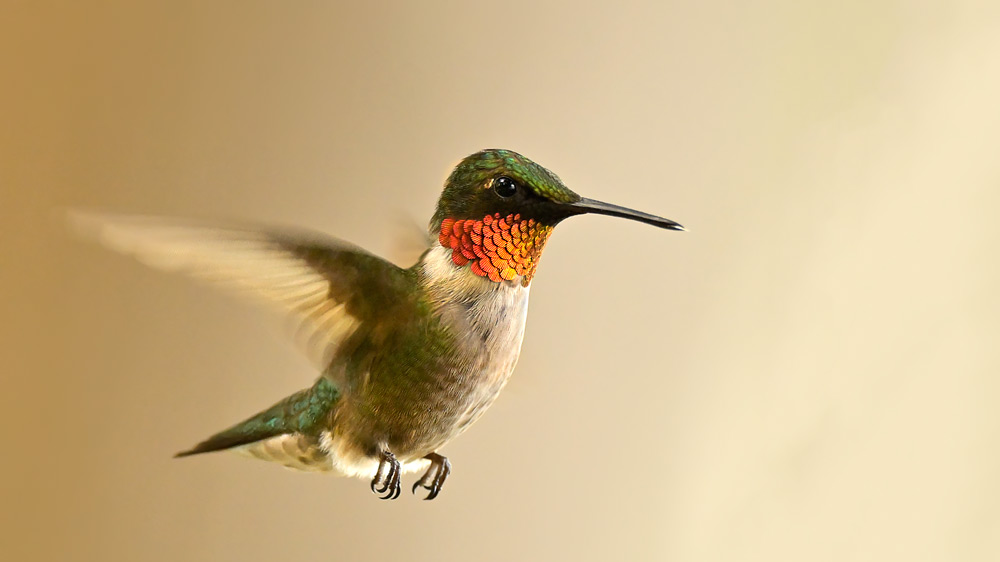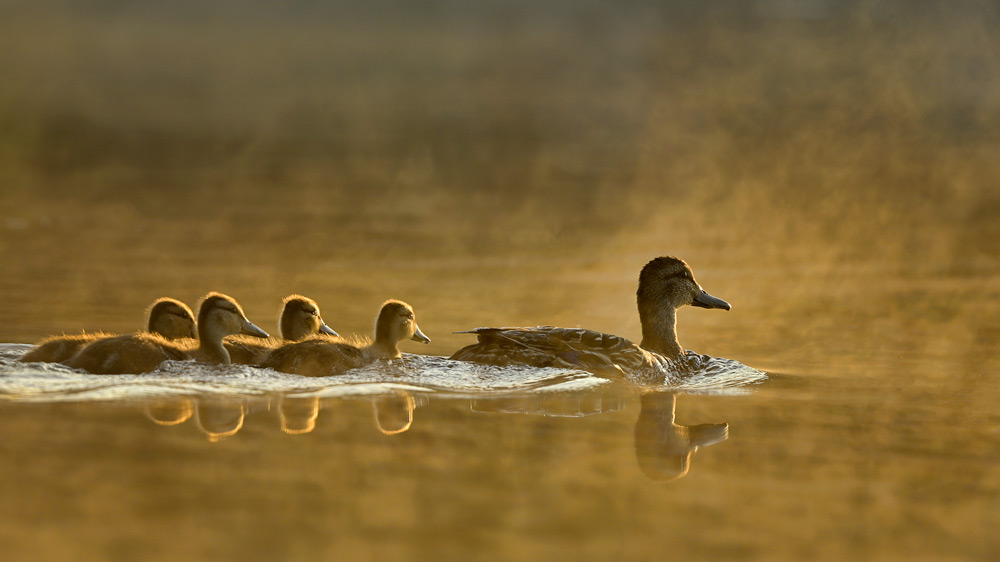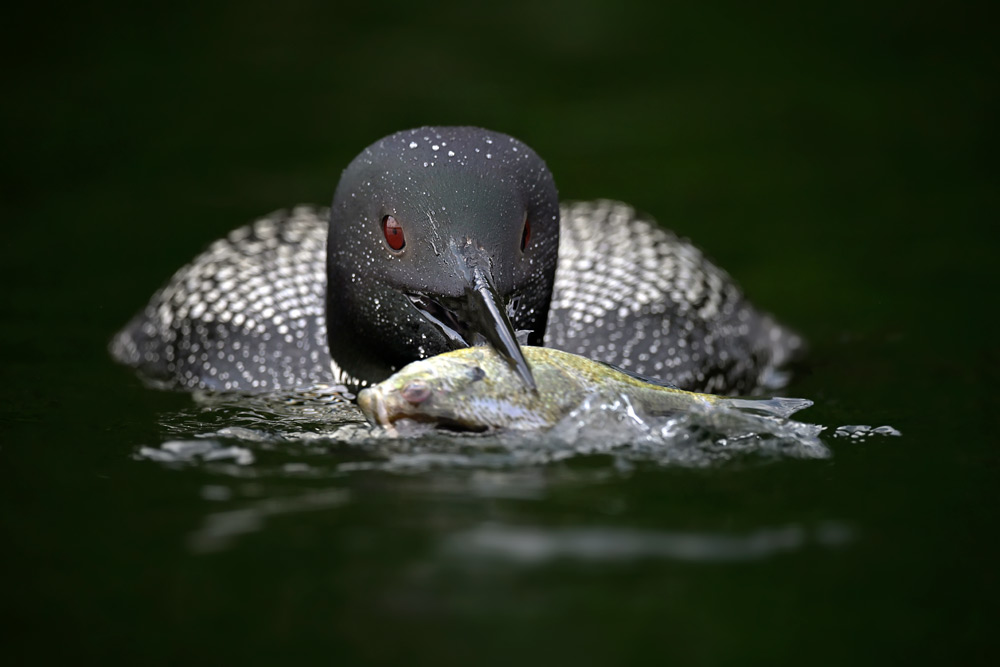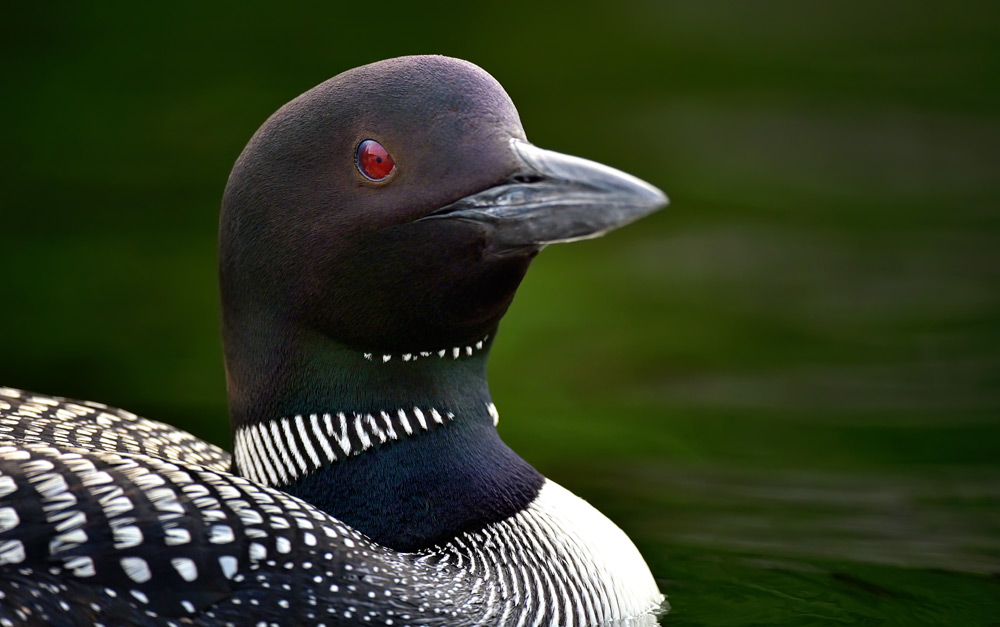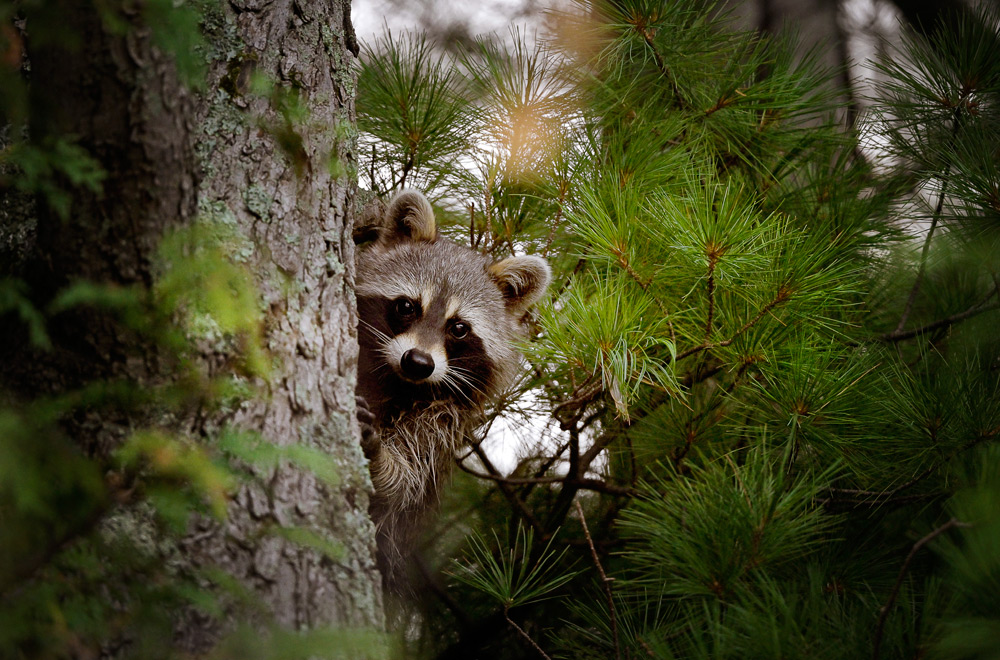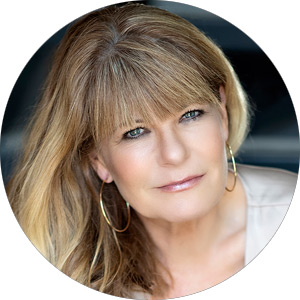Z 7: The Field Test
"To actually see your exposure in the viewfinder, in changing light—that turned out to be one of the biggest pluses of the camera."
Michelle took this photo of the mallard mom and her ducklings from her kayak. "I saw them by the shore and paddled over. The sun was just coming up over the tree line, and there was a little mist still left on the lake. It was just follow them and see if they go into that brilliant light, and sure enough they did." The Z 7's pinpoint focus was on the momma's eye. Z 7, AF-S NIKKOR 500mm f/5.6E PF ED VR, 1/500 second, f/8, ISO 400, manual exposure, spot metering.
There was a word we were hoping to hear, and Michelle Valberg, wildlife and adventure photographer and Nikon Ambassador, Canada, used it pretty early on when we talked to her about her first experiences with the 45.7-megapixel Nikon Z 7.
The word was seamless.
We'd hoped to hear it because the Z 7 and Z 6 are Nikon's first next-generation full-frame mirrorless cameras, and we wanted photographers to find them easy next steps. We wanted them to be able to pick them up and quickly realize, Okay, this belongs with me.
Michelle was very clear that her imaging needs were well met by her D5 and D850 DSLRs, but she was also clear that the idea of a Nikon mirrorless was both intriguing and exciting. "I felt that mirrorless was going to be the future, and I knew that when Nikon came out with one it was going to be a kickass camera—one I could take into the field and there'd be no difference in performance or image quality."
A loon on Sharbot Lake, Ontario, brings breakfast to her chicks. Michelle was in a flat-bottom boat with her 800mm on the tripod mounted Z 7. " I was able to get low, but it wasn't an easy shot with movement in the boat, movement of the loon and a bit of wave motion going on." She used the Z 7's pinpoint AF to lock on the bird's eye. Z 7, AF-S NIKKOR 800mm f/5.6E FL ED VR, 1/2500 second, f/5.6, ISO 800, manual exposure, spot metering.
Proof in the Pictures
There are currently three NIKKOR Z lenses dedicated to the Z cameras—the 35mm f/1.8 S, the 50mm f/1.8 S and the kit lens 24-70mm f/4 S (Nikon's issued a roadmap to the Z camera lenses to be introduced over the next three years), but Michelle's main concern was the Z 7's performance with her go-to glass, the telephoto NIKKORs that are essential for her wildlife photography—lenses like the 180-400mm, the 200-500mm, the 800mm and the new lighter and smaller 500mm, the f/5.6E PF ED VR. The F-mount adapter (Mount Adapter FTZ) introduced with the Z cameras guaranteed compatibility with those lenses as well as with an incredibly wide range of other F-mount NIKKORs, but as all photographers know, the proof is always in the pictures. Michelle's concise assessment of the quality of the matchup: "Zero problems, zero image loss."
And her overall impression of the Z 7? "Exactly what I expected of Nikon: seamless."
"I went out about 4:30 in the morning to get pictures of the loons on the lake—this was taken about 6:00am. All I can say is that the edge-to-edge sharpness from this camera is remarkable." Z 7, AF-S NIKKOR 800mm f/5.6E FL ED VR, 1/1000 second, f/5.6, ISO 1000, manual exposure, spot metering.
Game Changer
"I do a lot of work out of my kayak," Michelle says, "and I'd take my D850 and my 200-500mm as my go-to for kayak work. If I had the option of bringing a tripod, I'd bring the 800mm, too. Now, having the light weight and smaller size of the mirrorless camera taking over with those lenses—that's a whole different ballgame for me."
As is pairing the Z 7 with the new 500mm. "The small size of that lens and the optical quality of the mirrorless—that combination is a game changer."
Another plus was the comfort of knowing the Z camera is as rugged as her DSLRs. "I've always thought of a mirrorless camera, because it was small, as almost fragile, but there's nothing fragile about this camera, that's for sure. I shot with it for three weeks and took it to the Arctic as well as shooting locally—and up there the ruggedness and weather-sealing on the camera was a huge factor."
The Z 7 passed two other key tests as well. Michelle was "absolutely satisfied" with the speed and accuracy of the hybrid autofocus system's performance, and she found getting used to the electronic viewfinder a fairly quick process. "It's a change," she says of the viewfinder, "but being able to actually see your exposure in the viewfinder, in changing light—that turned out to be one of the biggest pluses of the camera."
Finally there was the plus of the camera's silent mode, which reduces the sound of the shutter to the sound of silence.
"It was definitely helpful using the silent mode," Michelle says, "especially in close proximity to the animals. It allowed me to get closer and stay longer. In a kayak you're quiet to start with—the animals know you're there, but with [a silent shutter] there's less of a disturbance for them, less of a difference in their environment, and that's an important difference."
Which left us wondering if what we ultimately created was the perfect kayak camera. Not exactly our goal, but we'll take it, happily.
Out looking for loons on another morning, Michelle spotted this little raccoon. "It was down by the water, having a drink. I made my way over and he ran up the tree and looked at me, and I shot off one frame with [the] 500mm, hand held." Z 7, AF-S NIKKOR 500mm f/5.6E PF ED VR, 1/640 second, f/5.6, ISO 1600, manual exposure, spot metering.

